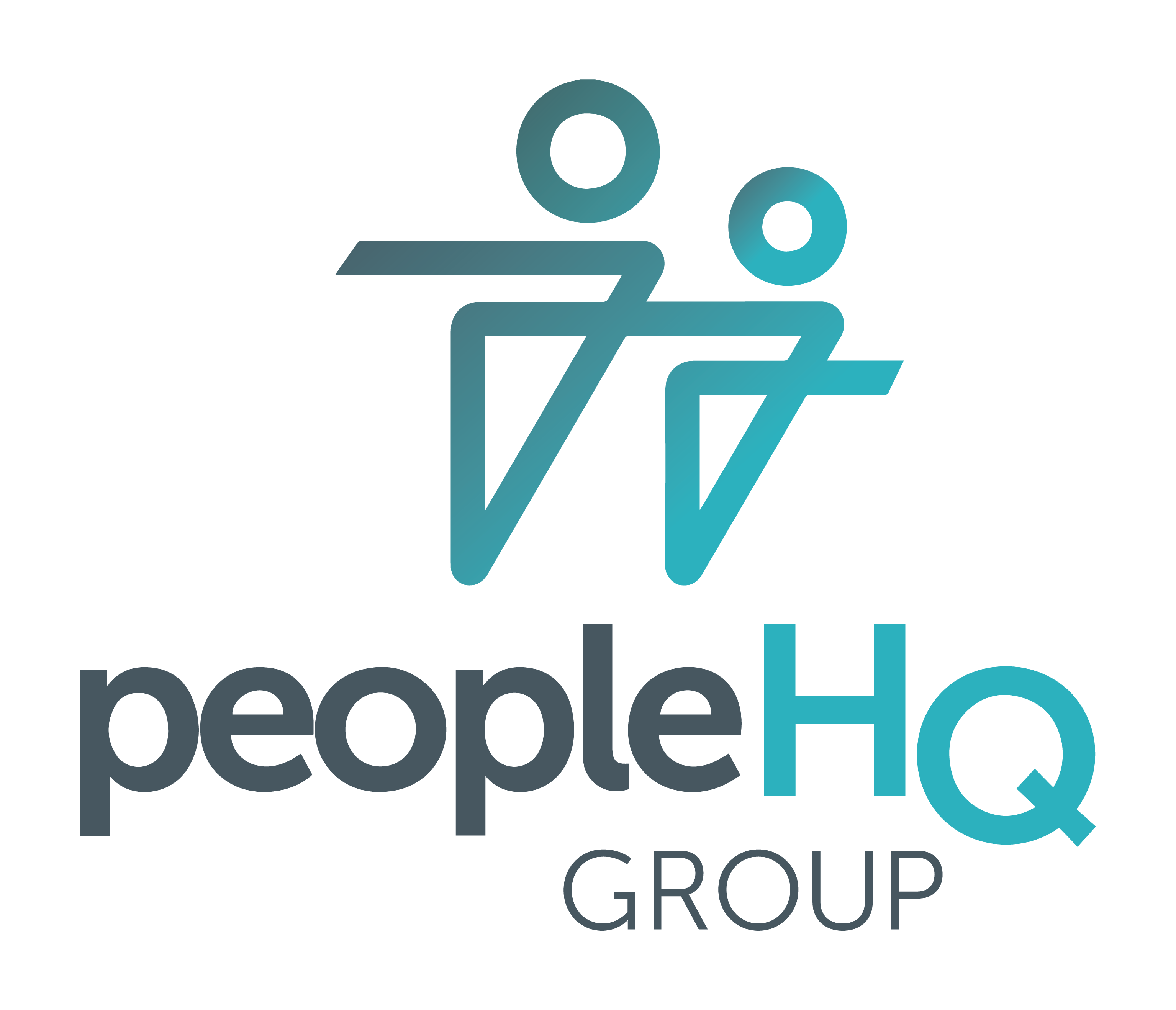At People HQ we actively encourage and challenge our clients to have KPIs in place. As the HQ for HR, we are experts in assessing how HR KPIs will add value to our client’s business. We hope you will find this article useful.
What are HR KPIs?
If you work in Human Resources or are a business owner, you’ve probably heard of the term HR KPIs and know that it stands for Key Performance Indicators. These KPIs normally link to your organisations overall goals.
Selecting the correct HR KPIs?
Any forward thinking HR professional wanting to add value to an organisation’s performance should have a solid suite of KPIs in place. This is not just a set of KPIs that makes a HR department look good but a set of KPIs that will identify the gaps and measure progress towards closing them down.
Example HR KPIs?
There are hundreds of different KPIs for different HR departments. The following KPIs are common ways to measure the success of an HR strategy:
Non Attendance
- Short term non-attendance
- Long Term non-attendance
Recruitment
- Cost of hire
- Time to fill
- Vacancy numbers / %
Labour Turnover
- Leaver numbers and %
Budget Headcount
- Full time
- Part time
- Contract
Overtime
- Cost
- Planned
- Unplanned
Employee Relations
- No. of disciplinaries
- No. of grievances
- Tribunal
Employee Engagement
- Survey results
- Participant numbers / %
Training
- Compliance %
- Budget
- Training cost per employee
Choosing the right HR KPIs?
When putting together a HR KPI scorecard you should choose 6 – 10 core KPIs. KPIs that are meaningful will add appropriate focus within your business . What gets measured gets done!
Review frequency?
KPIs should have targets set and tracked against these in the agreed review period. Depending on the KPI, this could be weekly, bi-weekly, monthly, quarterly or annually.
All KPIs set should follow SMART methodology.
What to focus on when it comes to KPIs?
KPIs are important. Once in place, management teams should pay specific attention to those outside of target, capturing actions to bring these closer to target.
How to make data meaningful?
Your scorecard should show the data that has been collected over time. Today’s data will tell your part of the story. However, if you have data from the past to compare, it makes it more worthwhile. Obviously, if a business hasn’t tracked such performance you need to start somewhere.
Lastly, keep it all in perspective. You don’t want to get caught up in the panic of outlier numbers. One person quitting in a department of five people looks like a 20% turnover. However, if that was the only person to quit in the last five years, you have no need to panic.
Do your HR KPIs align with those of the overall organisation?
This is a critical step for selecting appropriate KPIs. Alignment and perspective across functions may need to be considered, for example, at times of expansion KPIs around recruitment or headcount will need reviewed.
If your business needs help with setting up and tracking HR KPIs, get in touch for help.



Recent Comments